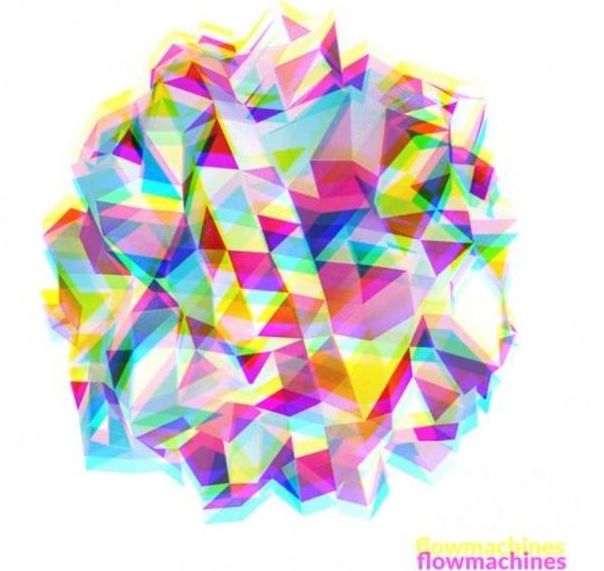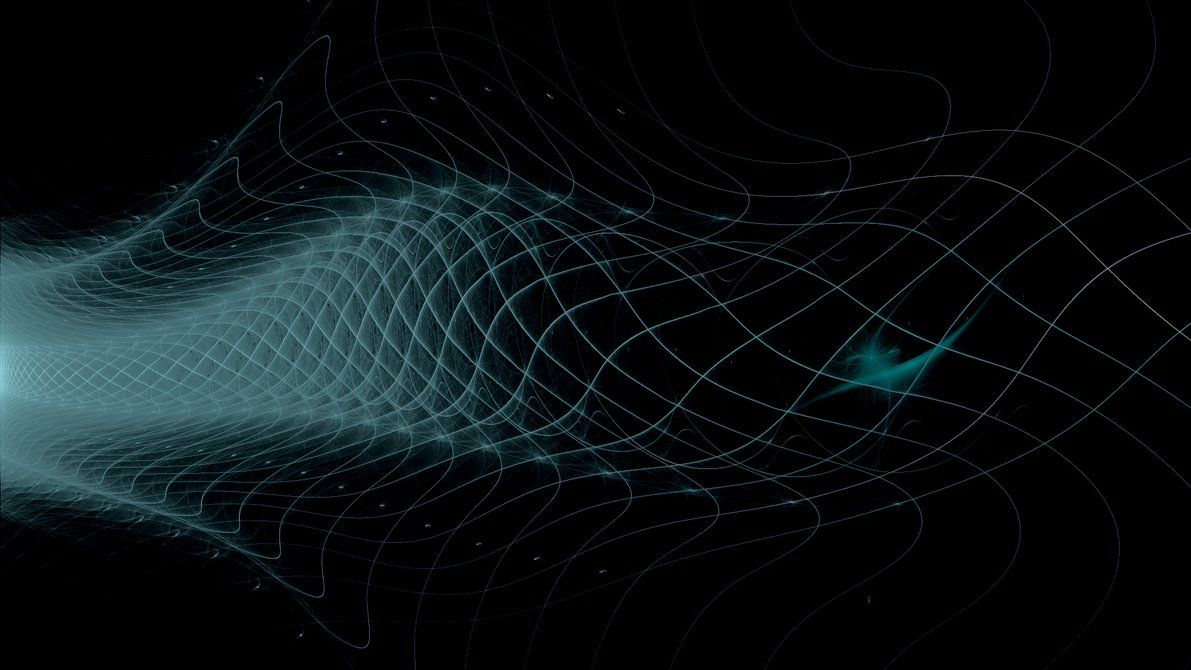Page 10371
Sep 26, 2016
Uber researches vertical-takeoff planes for short-haul city rides
Posted by Karen Hurst in categories: drones, futurism
Is it a bird? Is it a plane? No, it’s your Uber ride arriving to take you to work.
Uber is researching how to offer customers short-haul flights on vertical-takeoff aircraft in future, the ride-hailing company’s Product Head Jeff Holden told a a Recode reporter on stage at the Nantucket Conference on Sunday.
Holden said the company is looking into drone-like aircraft, “so we can someday offer our customers as many options as possible to move around.”
Continue reading “Uber researches vertical-takeoff planes for short-haul city rides” »
Sep 25, 2016
Pushing Database Scalability Up And Out With GPUs
Posted by Roman Mednitzer in categories: computing, robotics/AI
What is good for the simulation and the machine learning is, as it turns out, also good for the database. The performance and thermal limits of traditional CPUs have made GPUs the go-to accelerator for these workloads at extreme scale, and now databases, which are thread monsters in their own right, are also turning to GPUs to get a performance and scale boost.
Commercializing GPU databases takes time, and Kinetica, formerly known as GPUdb, is making a bit of a splash ahead of the Strata+Hadoop World conference next week as it brags about the performance and scale of the parallel database management system that it initially created for the US Army and has commercialized with the US Postal Service.
Kinetica joins MapD, which we profiled recently, and Sqream Technologies, which you can find out more about here, in using GPUs to execute the parallel functions of SQL queries to massively speed up the processing of queries against databases. Each of these GPU databases has come into being through a unique path, just like the pillars of the relational database world – Oracle’s eponymous database, IBM DB2, Microsoft SQL Server (and its Sybase forbear), MySQL, and PostgreSQL – did decades ago. And as these GPU databases mature and develop, the race will be on to scale them up and out to handle ever larger datasets and perform queries faster and faster at the same time.
Continue reading “Pushing Database Scalability Up And Out With GPUs” »
Sep 25, 2016
This Plane Will Get You From New York To London In Just 11 Minutes
Posted by Andreas Matt in category: transportation
Sep 25, 2016
The first pop song ever written by artificial intelligence is pretty good, actually
Posted by Aleksandar Vukovic in categories: robotics/AI, transportation
Sep 25, 2016
Marshall McLuhan full lecture: The medium is the message — 1977
Posted by Odette Bohr Dienel in categories: media & arts, theory
Sep 25, 2016
Our Simulated Universe Is Just One Piece of a Matryoshka Doll of Annihilation
Posted by Andreas Matt in category: computing
Perhaps a posthuman civilization running simulations self-destructs, or a lab assistant accidentally spills coffee on computer hardware. Simulations can collapse.
Sep 25, 2016
What if spacetime were a kind of fluid?
Posted by Andreas Matt in categories: particle physics, quantum physics
This is the question tackled by theoretical physicists working on quantum gravity by creating models attempting to reconcile gravity and quantum mechanics.
Some of these models predict that spacetime at the Planck scale (10^-33cm) is no longer continuous — as held by classical physics — but discrete in nature.
Just like the solids or fluids we come into contact with every day, which can be seen as made up of atoms and molecules when observed at sufficient resolution. A structure of this kind generally implies, at very high energies, violations of Einstein’s special relativity (a integral part of general relativity).
Sep 25, 2016
Paralysed patient walks again thanks to virtual reality and brain-computer interfaces
Posted by Roman Mednitzer in categories: biotech/medical, computing, cyborgs, neuroscience, virtual reality
In an astonishing breakthrough, patients left paralysed by severe spinal cord injuries have recovered the ability to move their legs after training with an exoskeleton linked to their brain – with one even able to walk using two crutches.
Scientists developed the Walk Again Project, based in Sao Paulo, Brazil, thinking that they could enable paraplegics to move about using the exoskeleton controlled by their thoughts. But they were surprised to discover that during the training, the eight patients all started to regain the sense of touch and movement below the injury to their spine. It was previously thought that the nerves in seven of the patients’ spines had been completely severed.
But the researchers now believe that a few nerves survived and these were reactivated by the training, which may have rewired circuits in the brain. Writing in the journal Scientific Reports, they said: “While patient one was initially not even able to stand using braces when placed in an orthostatic posture, after 10 months of training the same patient became capable of walking using a walker, braces and the assistance of one therapist. “At this stage, this patient became capable of producing voluntary leg movements mimicking walking, while suspended overground.


















